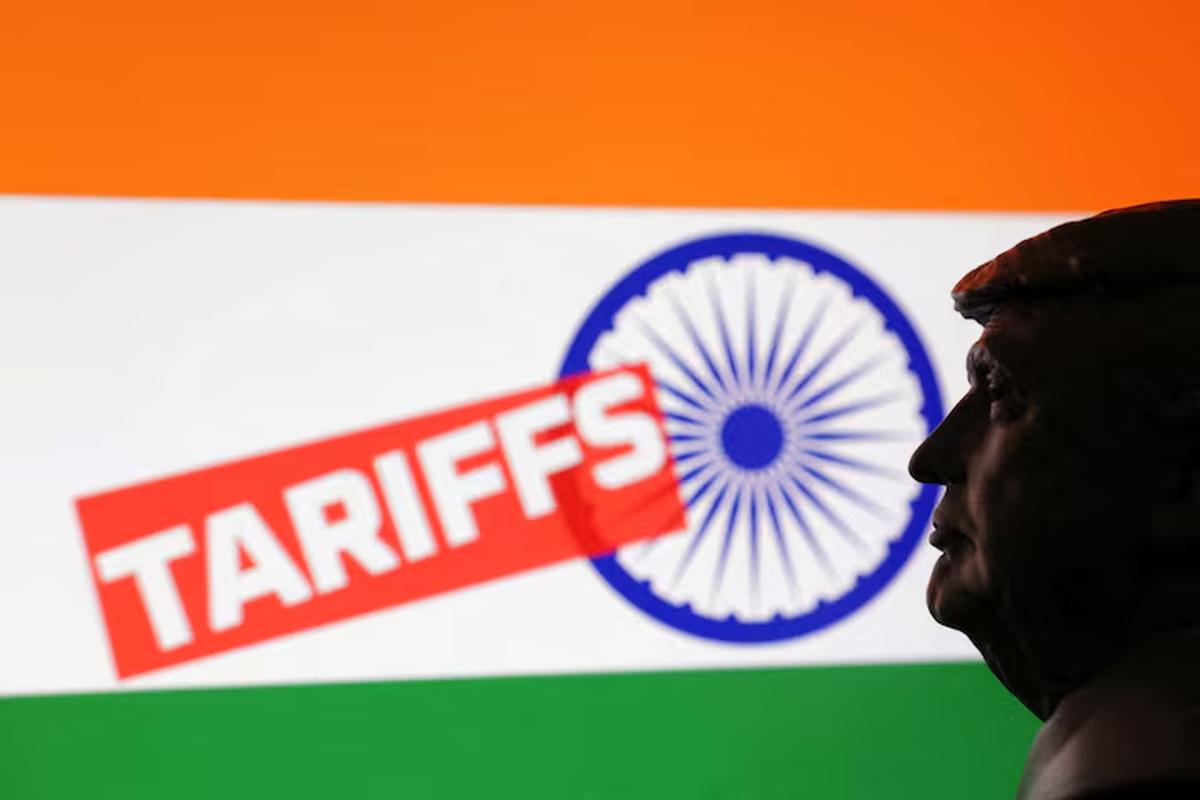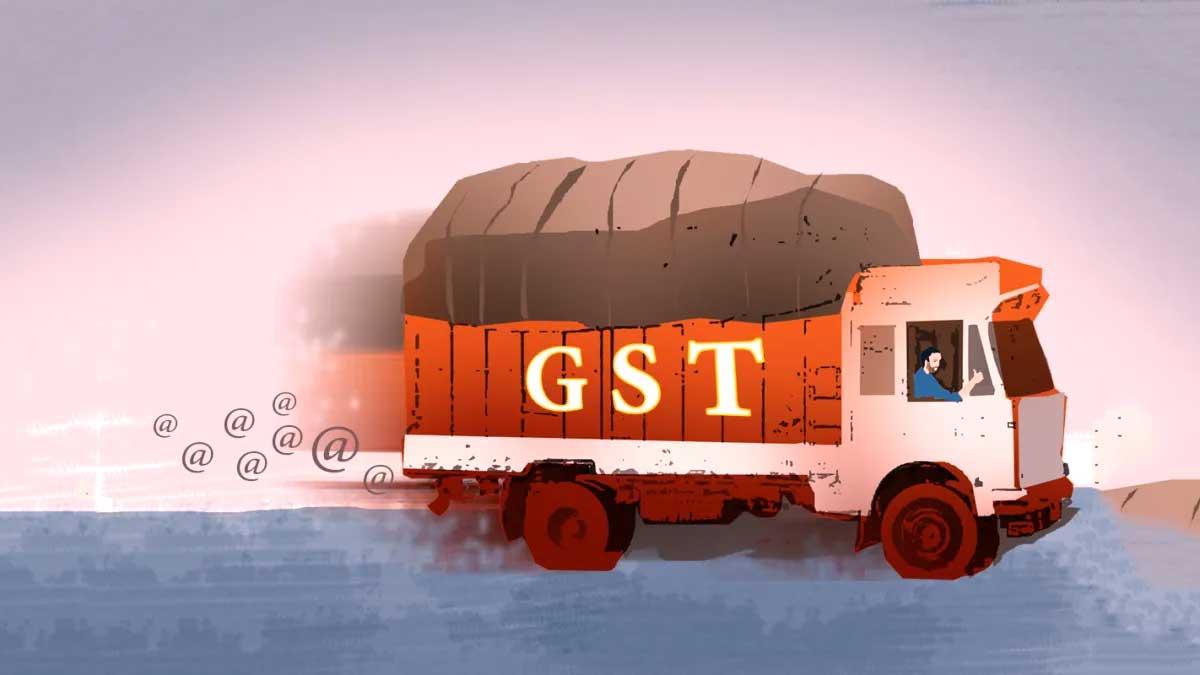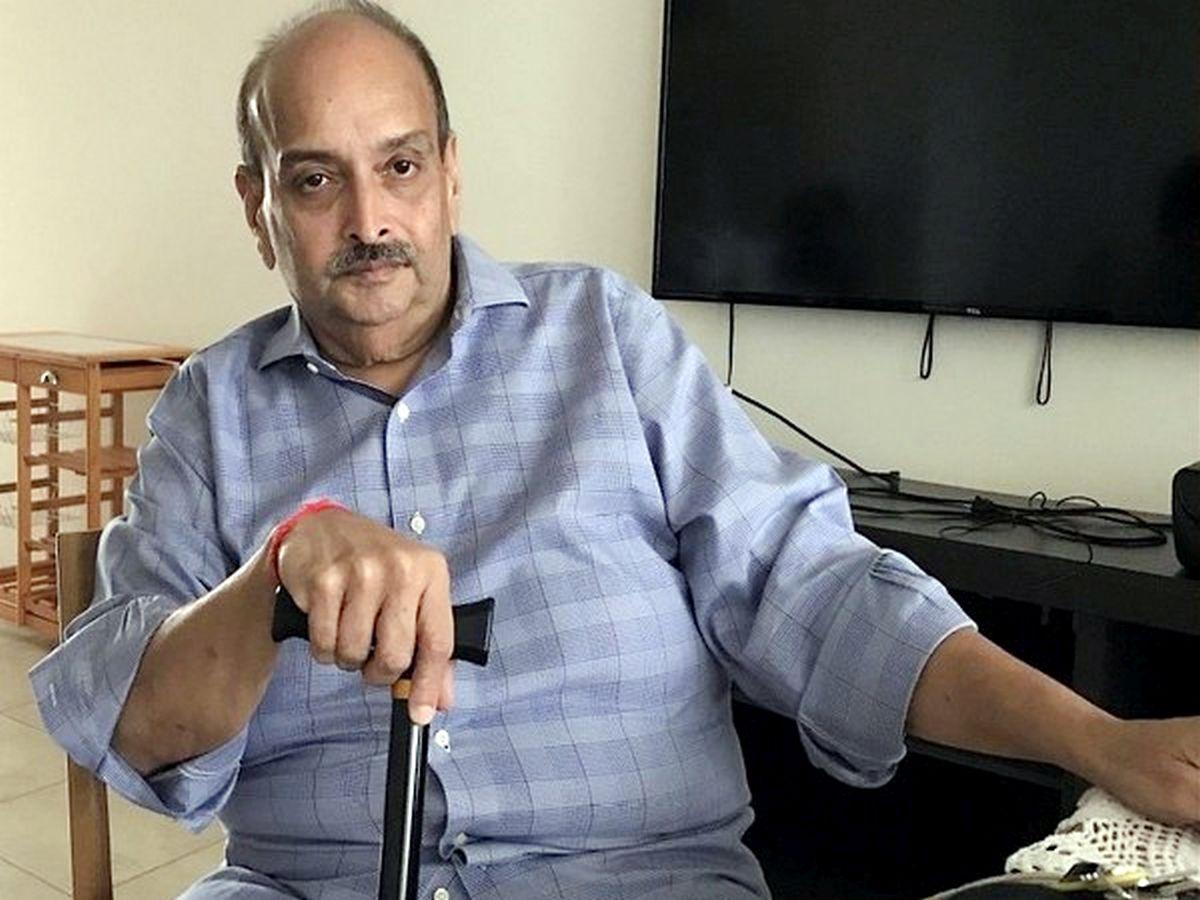The 50 per cent US tariff on Indian goods pose a downside risk to growth but the impact is expected to be short-lived for the economy, and consumption demand could see an uptick after the new goods and service tax (GST) rates are implemented which could even offset the external uncertainty, Chief Economic Advisor (CEA) V Anantha Nageswaran reckoned on Friday.

Photograph: Dado Ruvic/Reuters
“There are implications for capital formation due to uncertainty, but we expect it to be short-lived.
“Industry has planned its strategy to absorb a portion of those tariffs, distribute those costs, and diversify in other markets,” Nageswaran said during a virtual press briefing on the first quarter gross domestic product (GDP) growth numbers.
Nageswaran exuded confidence that the Indian economy will grow at a rate between 6.3 and 6.8 per cent in the current financial year on strong domestic demand, even though there would be some downside risks to the projections due to the 50 per cent US tariffs.
“Despite the reciprocal tariffs and penal tariff (imposed by the US), and after seeing the resilience of Q1 growth, we are retaining the growth rate projections for the current financial year at 6.3-6.8 per cent,” Nageswaran said.
The CEA said that while it was difficult to calculate the precise impact of the US tariff on the growth at this point, the removal of
ncertainty can unleash higher growth in the coming quarters.
“Aggregate demand growth should hold up in the economy,” Nageswaran said.
He said that any hold-up in discretionary demand due to the revision of GST rates would be resolved by September, after the GST council meeting.
“We still have a good window before festival season kicks in.
“The month of September will see a pick-up in consumption,” the CEA said.
Nageswaran said the impact of the 25 per cent penal tariff imposed by the US on Indian goods, that kicked in from August 27, on economic activity would be concentrated in the second quarter (July-September).
There will be some “negative shock” to manufacturing growth numbers in the July-September quarter but it is difficult to predict how big the impact would be, he noted.
Manufacturing sector grew at 7.7 per cent in the Q1 of FY26.
“The removal of the uncertainty may unleash higher growth in the third and fourth quarters compensating the impact of second quarter,” Nageswaran said, adding that it is difficult to estimate the downside impact of high tariffs on growth as the situation is uncertain.
In Q1FY26, trade activity remained resilient, with core exports growing at a faster pace compared to pre-Covid times as well as the last two years’ averages, the CEA emphasized, adding that net services exports also continue to show strong growth above pre-Covid levels.
Indian industry continues to expand and the services sector remains the bright spot, the CEA highlighted in a presentation.
“Net real sales of manufacturing companies accelerated, surpassing the performance of the past two years.
“Service activity indicators are above or on par with pre-Covid trends,” he noted.
Moreover, construction activity indicators grew in double digits in July and were higher than pre-Covidlevels and the last two years, Nageswaran pointed out.




